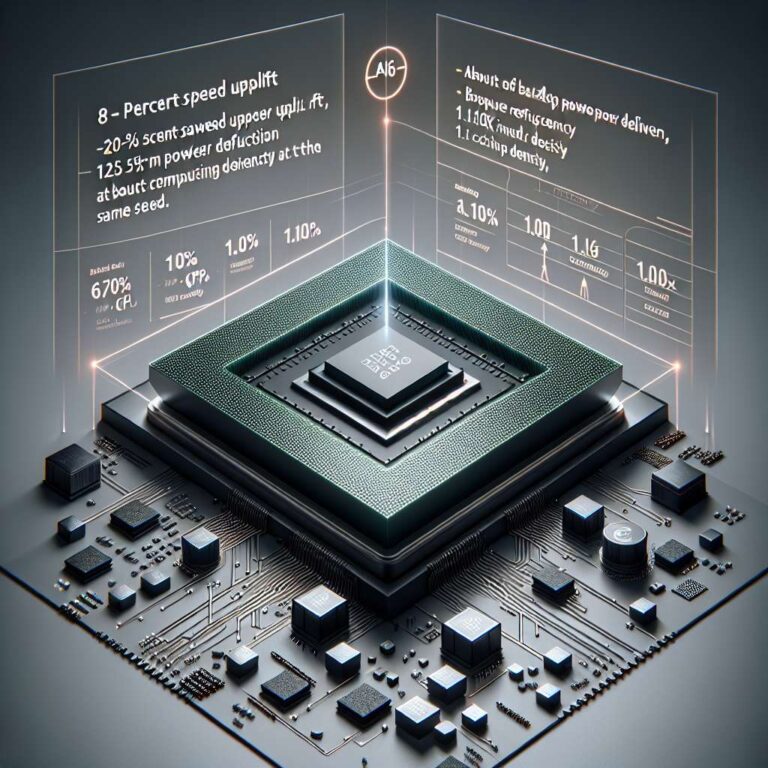Taiwanese news outlet Ctee reports that Nvidia could be among the first customers to use TSMC’s upcoming A16 node. The report suggests Nvidia aims to secure a node advantage over competitors, and industry speculation discussed by Moore’s Law is Dead and others links A16 ambitions to broader roadmap moves across the chip market. The article notes AMD has products tapped to use TSMC’s 2 nm-class processes, with an Epyc Venice CPU already taped out on an unspecified N2 node.
Historically, Nvidia has often trailed TSMC’s bleeding-edge nodes; the company used a custom 4NP node for the RTX 50 series rather than a member of the N3 family, and next-generation RTX 60 GPUs are expected to stick with 3N or 3NP. Nvidia has also taped out Rubin chips on a TSMC process. According to the report, any silicon made on A16 would not reach customers immediately because TSMC’s A16 is expected to enter mass production in late 2026, implying a likely product launch window of mid-to-late 2027 for A16-based devices and potential use in Nvidia’s chips shown earlier this year.
TSMC positions A16 as the first node to introduce backside power delivery, a feature already present in Intel’s 18A that shifts power lines to the wafer back for improved efficiency. TSMC claims A16 offers an 8 to 10 percent speed uplift, a 15 to 20 percent power reduction at the same speed, and up to a 1.10 times increase in chip density. The Notebookcheck article attributes the initial scoop to Ctee and cites a product roadmap reported by Tom’s Hardware that places A16 mass production in late 2026.

